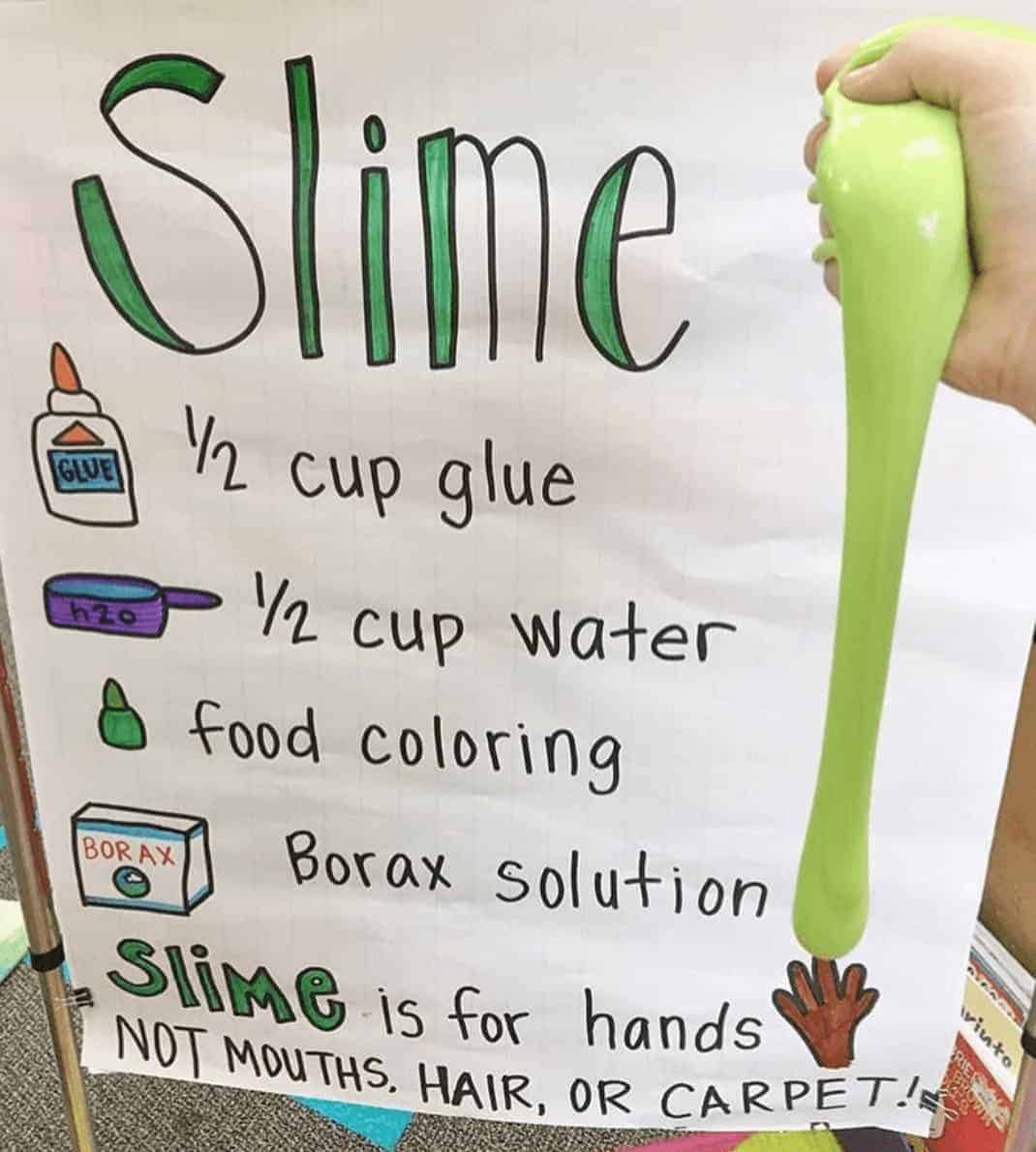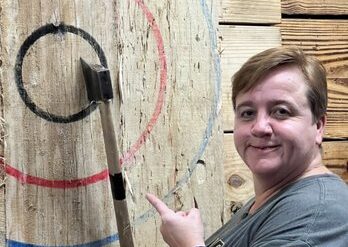The Ultimate Slime Guide for Parents: Safe & Fun Recipes for Kids!
Hey there, awesome parents! Ready to dive into the squishy, stretchy world of slime with your little ones? Well, you’re in for a treat! Slime isn’t just a trendy toy, it’s a magical blend of science and fun that has captured the hearts of children all over the world. Making slime at home can be a wonderful bonding activity, plus, it’s an excellent way to spark your child’s creativity and interest in science!
In this guide, we’re going to walk you through some super cool and kid-safe slime recipes that you can whip up in no time. Whether you’re a slime newbie or a seasoned pro, you’ll find all the tips and tricks you need. So, roll up your sleeves, gather the troops, and get ready for some gooey goodness!
The Science Behind Slime: It’s All About the Reaction!
Slime is the perfect combination of art and science. It’s created through a simple chemical reaction between a polymer and an activator. When these ingredients come together, they form long, gooey chains that give slime its iconic stretchy and sticky properties.
What You’ll Need to Make Slime at Home
Before we jump into the recipes, let’s go over the basic materials you’ll need. Here’s a quick checklist to make your slime-making adventure as smooth as possible:
- A bowl for mixing
- A spoon or spatula for stirring
- Measuring cups and spoons
- Ingredients for the slime (specifics will be provided in each recipe)
- Plastic or ziploc bags for storage
And don’t forget, it’s always a good idea to protect your work surface and your little ones’ clothes. Slime can get messy, but that’s part of the fun!
Classic Non-toxic Slime Recipe
This classic slime recipe is a hit among kids for its simplicity and versatility. It’s non-toxic and uses ingredients that are often readily available at home. Let’s get started!
Ingredients:
- 1/2 cup of non-toxic PVA glue (white or clear)
- 1/2 cup of water
- Food coloring (optional)
- 1/2 cup of liquid starch (such as Sta-Flo)
- Glitter or confetti (optional)
Instructions:
- In a bowl, mix the PVA glue with water until well combined.
- Add a few drops of food coloring, and if you’re feeling sparkly, toss in some glitter or confetti! Mix well.
- Gradually pour in the liquid starch while stirring continuously. You’ll see the mixture start to form into slime!
- Keep mixing until you’ve got a cohesive, slimy mixture. If it’s too sticky, add a bit more starch.
- Knead the slime with your hands until it reaches your preferred consistency.
- Store your slime in a plastic or ziploc bag when not in use.
This classic recipe is a perfect starting point for your slime adventures. Remember, the key to perfect slime is tweaking the amounts as you go. If the slime feels too sticky, add more starch. If it’s too stiff, add a touch more water.
Fluffy Slime Recipe for Extra Texture
Want to take your slime game to the next level? Fluffy slime is just the thing! It has a unique, squishable texture that kids adore, thanks to a special ingredient: shaving cream! Here’s how to make it.
Ingredients:
- 1/2 cup of non-toxic PVA glue (white or clear)
- 3 cups of foamy shaving cream (not gel)
- Food coloring (optional)
- 1 teaspoon of baking soda
- Contact lens solution (containing boric acid and sodium borate)
Instructions:
- In a large bowl, mix the PVA glue with the shaving cream. Aim for a fluffy, cloud-like texture.
- Add in the food coloring of your choice and mix until evenly colored.
- Sprinkle the baking soda over the mixture and stir well.
- Add the contact lens solution a few squirts at a time, mixing until the slime begins to pull away from the sides of the bowl and forms into a ball.
- Knead the fluffy slime with your hands until it’s soft and stretchy.
- If it’s too sticky, add more contact lens solution in small increments.
- Store your fluffy slime in an airtight container to keep it fresh and squishy.
The addition of shaving cream to your slime provides an airy, delightful texture that is just irresistible. Plus, the process of making it is half the fun!
**[Stay tuned for more exciting slime recipes that we’ll unveil in the next section of this ultimate slime guide! Get ready to explore colorful, sparkly, and even edible options that will keep your kids engaged and you reminiscing about the joys of childhood creativity. Happy sliming!]**

The Ultimate Slime Guide for Parents: Prepping for Slime-Making Fun!
5 Things Parents Should Know Before Diving In
Before you start the slime-making process with your kids, there are a few crucial tips you should know. Here are five things that will help you prepare for a successful, mess-managed, and joy-filled slime experience!
1. Safety First!
Safety is always the top priority when it comes to fun with kids. Always use non-toxic, safe ingredients when making slime, especially if your kids love to get hands-on. Also, keep an eye on small accessories like glitter or beads that could be a choking hazard for younger children.
2. Prep Your Space
Slime-making can be a sticky affair! Prepare your space by covering surfaces with newspapers, plastic sheets, or tablecloths. Keep wipes or a damp cloth nearby to clean up spills, and dress your kids in old clothes or smocks.
3. Allergy Checks
Always do an allergy check before using certain ingredients. Some kids might be allergic to the components in the glue, detergents, or other additions. A quick patch test can help prevent any skin irritations or allergic reactions.
4. Storage Solutions
Your delightful slimes, once created, will need a cozy home. Airtight containers or ziploc bags are slime’s best friends, keeping it from drying out and maintaining its perfect squishy texture for as long as possible.
5. Patience and Flexibility
Part of the magic of slime-making is that no two slimes are ever the same! It might take a few tries to get your perfect slime, so be patient, and don’t be afraid to adapt your recipe slightly to find the right consistency.
Classic Non-toxic Slime Recipe
Fluffy Slime Recipe for Extra Texture
. For more information see here
Disclaimer
The articles available via our website provide general information only and we strongly urge readers to exercise caution and conduct their own thorough research and fact-checking. The information presented should not be taken as absolute truth, and, to the maximum extent permitted by law, we will not be held liable for any inaccuracies or errors in the content. It is essential for individuals to independently verify and validate the information before making any decisions or taking any actions based on the articles.




